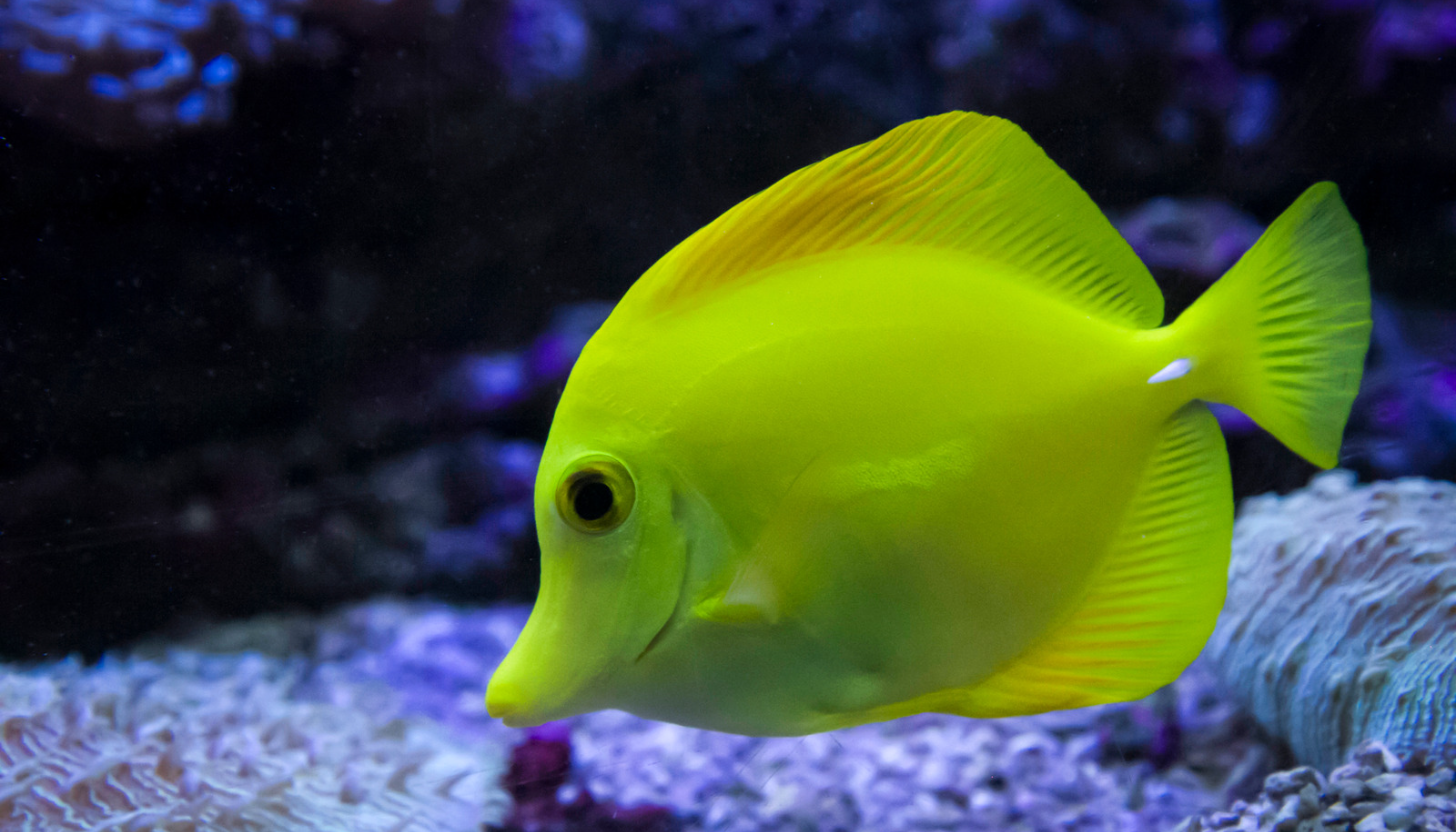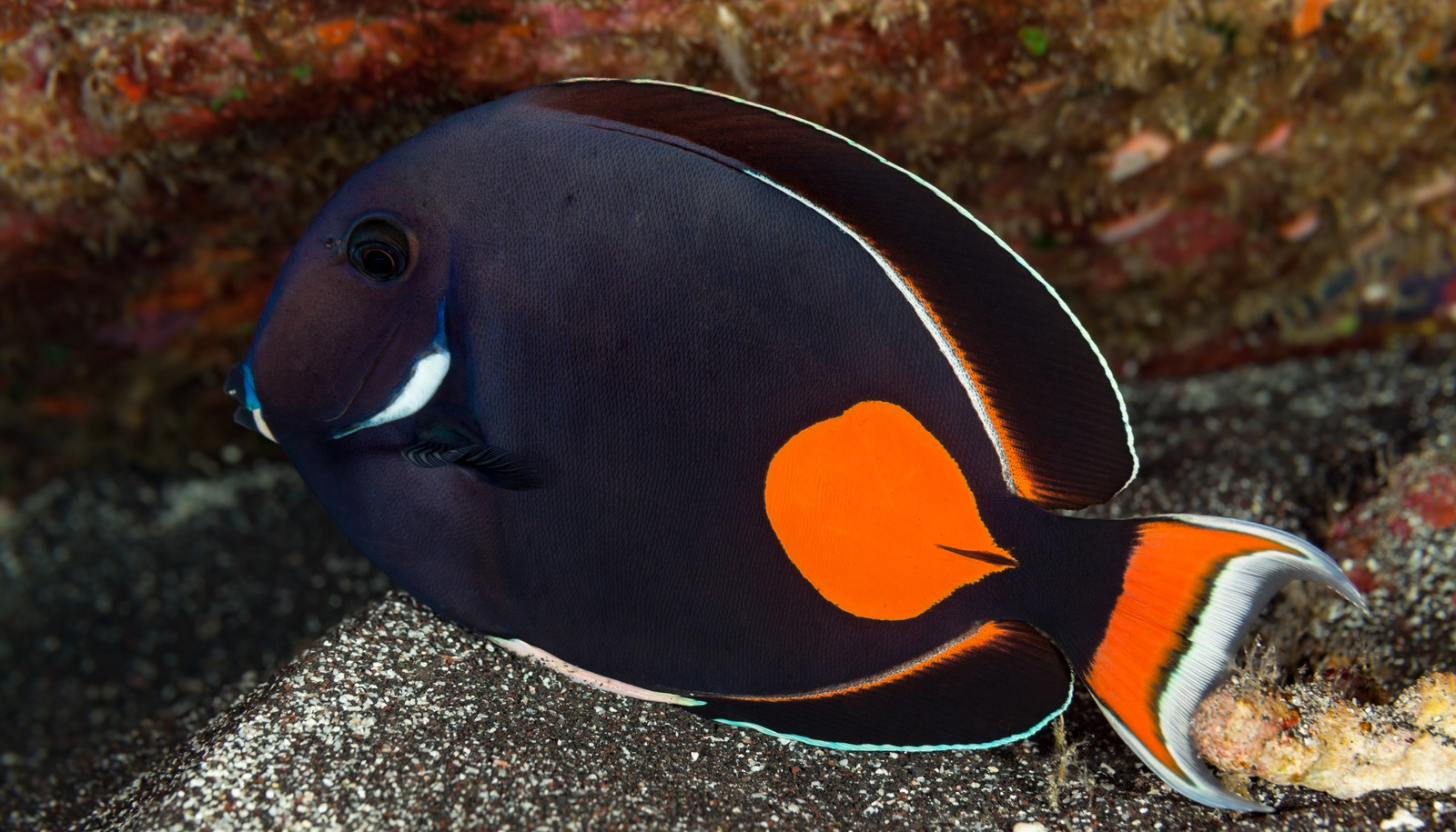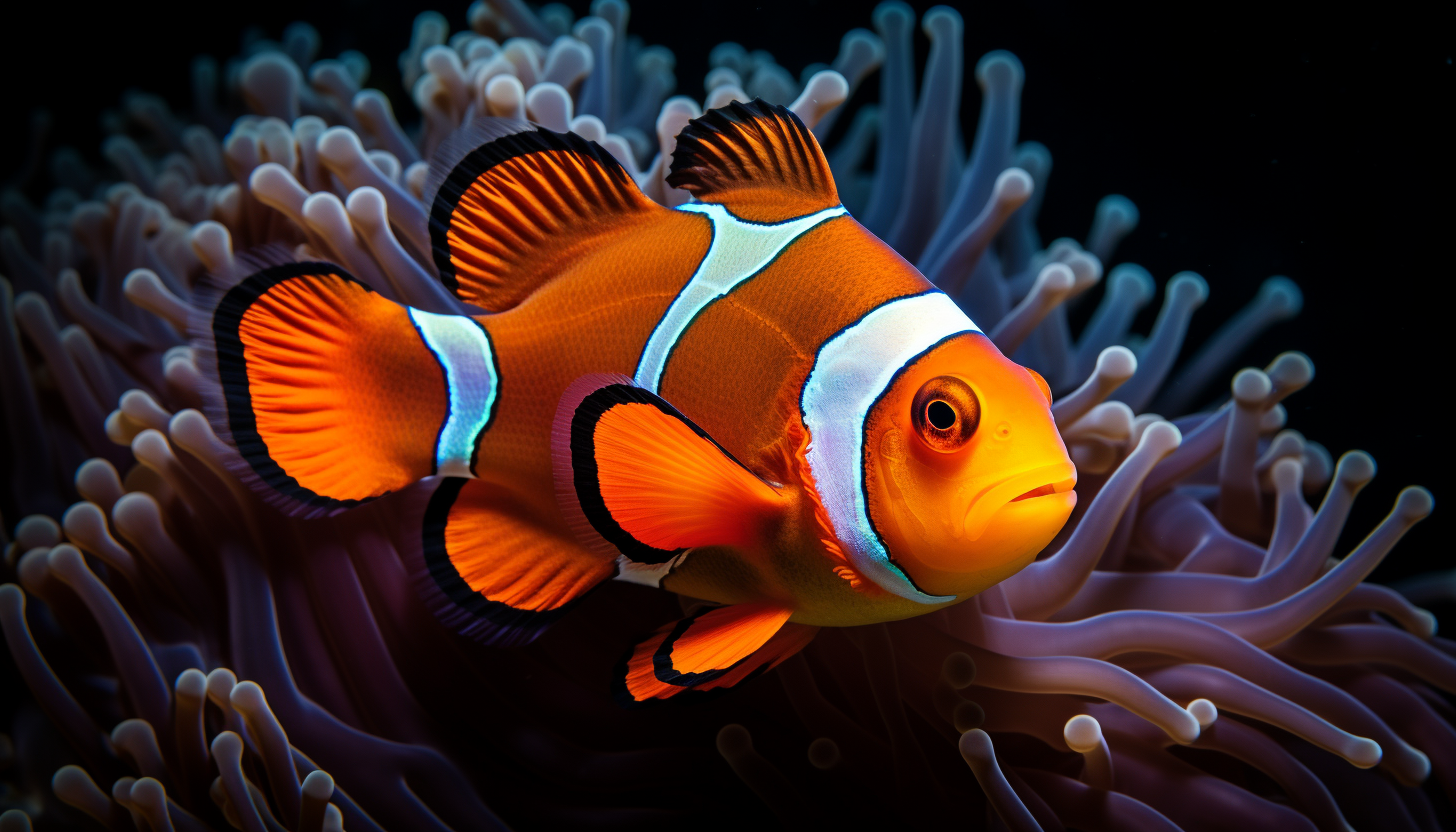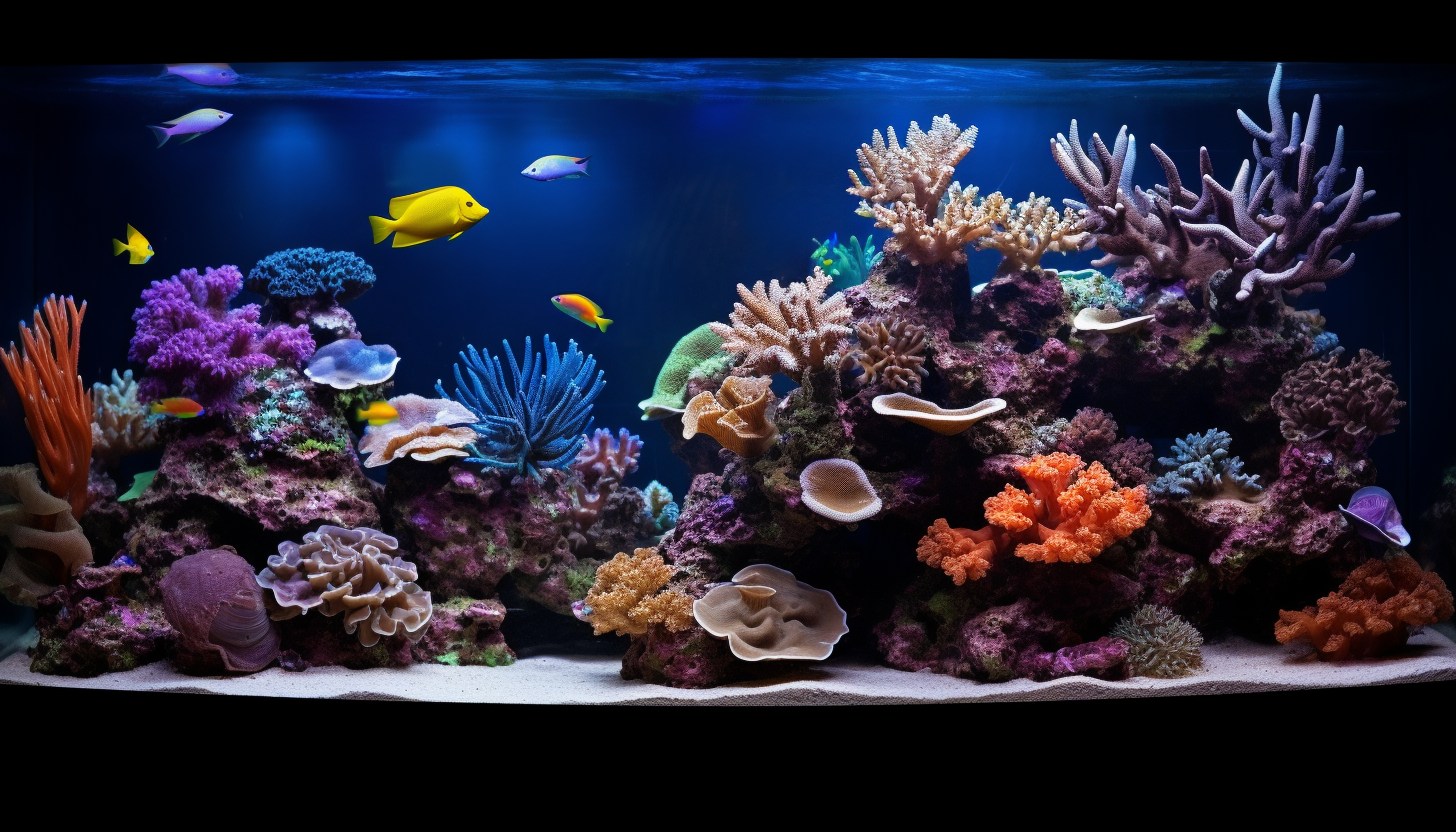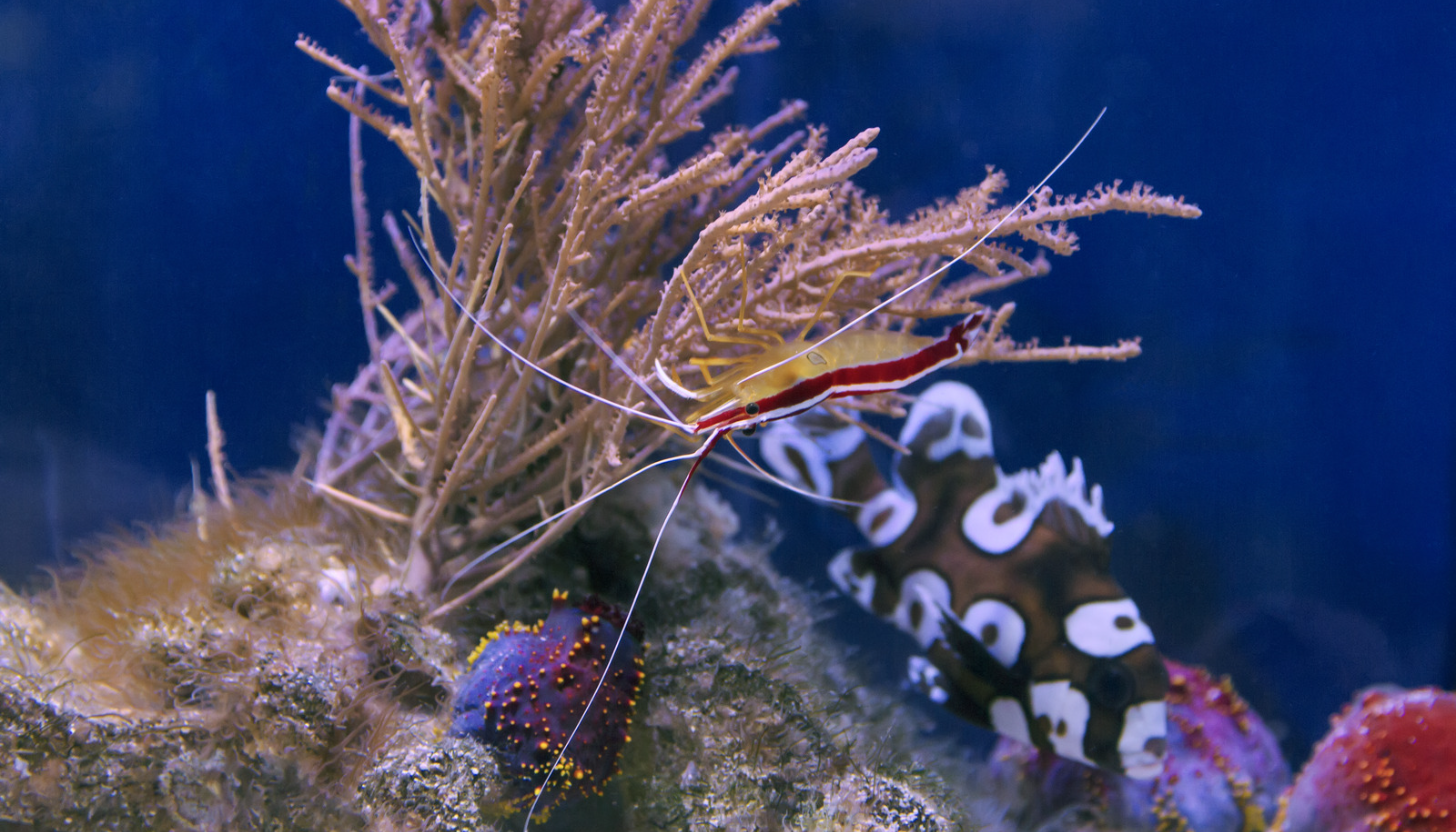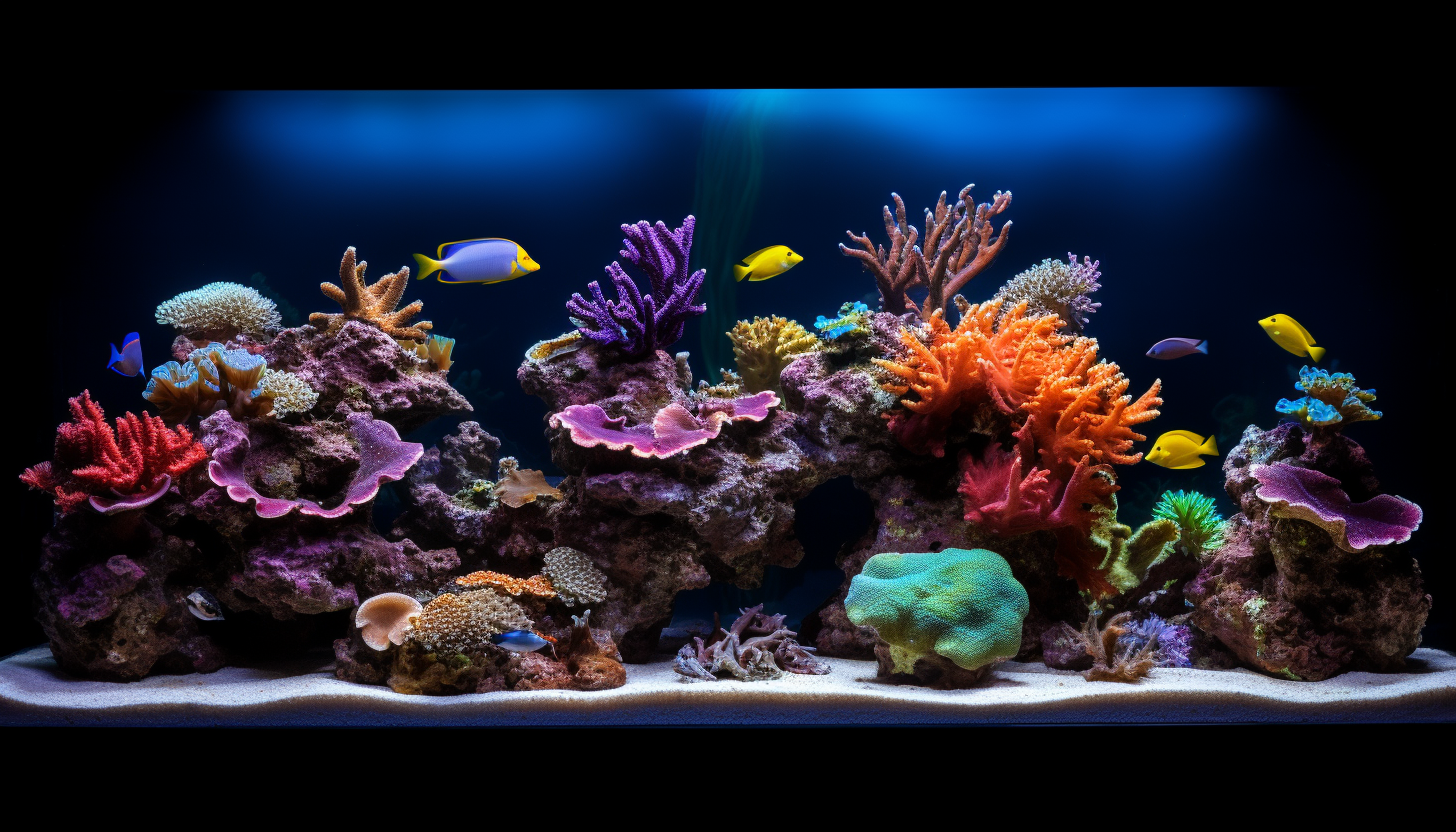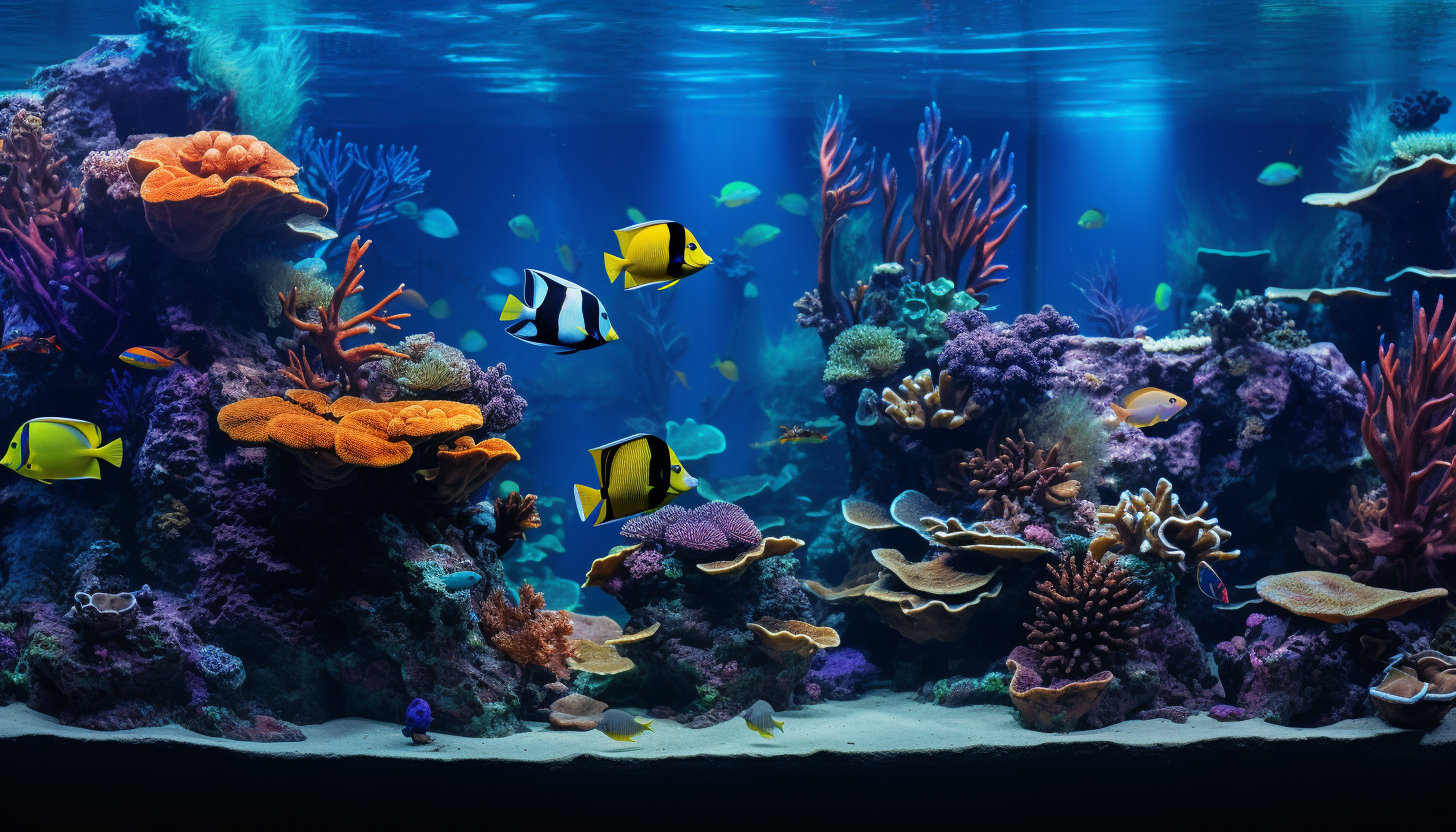Disease Prevention and Treatment: Safeguarding Your Aquarium’s Health
Disease Prevention and Treatment: Ensuring the Well-being of Your Aquarium’s Inhabitants
Aquarium disease can be a challenging part of the hobby, but with preventative measures, early detection, and correct treatment, you can keep your aquatic pets healthy. Here’s our comprehensive guide on disease prevention and treatment.
Disease Prevention: Your First Line of Defense
Prevention is always better than cure, and here are ways you can minimize the risk of disease in your tank:
- Quarantine New Additions: Always quarantine new fish for 2-4 weeks before adding them to your main tank.
- Maintain Optimal Water Quality: Regular water changes, water testing, and avoiding overstocking or overfeeding help maintain water quality.
- Provide Proper Nutrition: A balanced diet enhances the immune system of your fish.
Common Aquarium Diseases and Their Symptoms
Here are some common diseases, their symptoms, and possible causes:
- Ich: Tiny white spots on the fish’s body, clamped fins, loss of appetite. Caused by the parasite Ichthyophthirius multifiliis.
- Marine Velvet: Fine gold or rust-colored dust on the fish’s body, rapid breathing, loss of appetite. Caused by the parasite Amyloodinium ocellatum.
- Fin Rot: Fins appear shredded, frayed, or decaying. Caused by bacterial infection, often due to poor water quality.
- Popeye: One or both eyes protrude. Can be due to injury, bacterial infection, or poor water quality.
Treating Common Aquarium Diseases
If your fish are showing signs of disease, here are some general steps:
- Identify the Disease: Using a reliable resource or consultation with a vet, determine the disease based on symptoms.
- Quarantine Affected Fish: Isolate the sick fish in a separate hospital tank to prevent the disease from spreading.
- Choose the Right Treatment: Different diseases require different treatments. It could be a specific medication, improved diet, or adjusting water parameters.
- Monitor Progress: Keep a close eye on the fish’s behavior and appearance to assess the effectiveness of the treatment.
Building a Hospital Tank
Having a hospital tank ready can be extremely useful in times of illness:
- Tank Size: A small tank of 10-20 gallons usually suffices.
- Equipment: Basic equipment includes a heater, filter, and an air stone for additional oxygen.
- Maintenance: Keep the hospital tank clean and perform regular water changes. Avoid substrates or decorations that could harbor pathogens.
Dealing with aquarium diseases can be daunting, but with preventative measures, vigilance, and prompt treatment, you can ensure your aquatic friends remain healthy. The Reef’s Edge is here to provide the support and guidance you need throughout your fishkeeping journey. Keep swimming!
Newsletter Signup
Never miss an article. Get new insights delivered right to your inbox.
